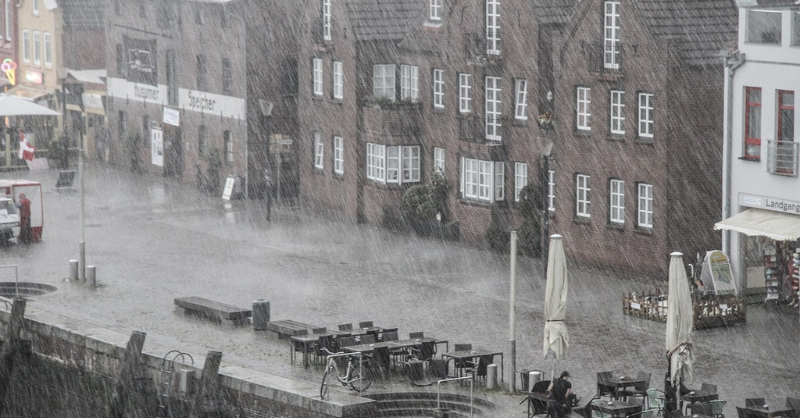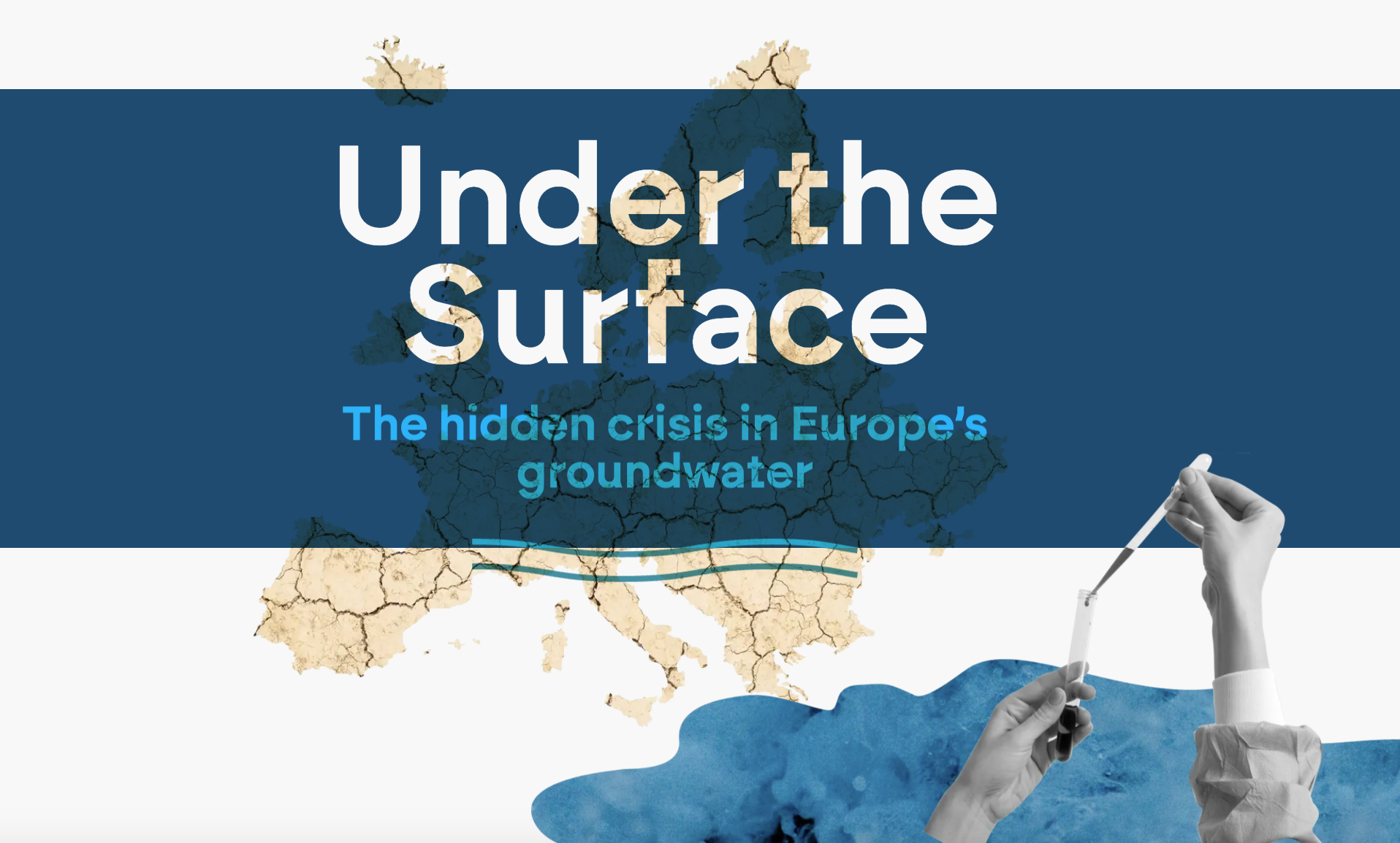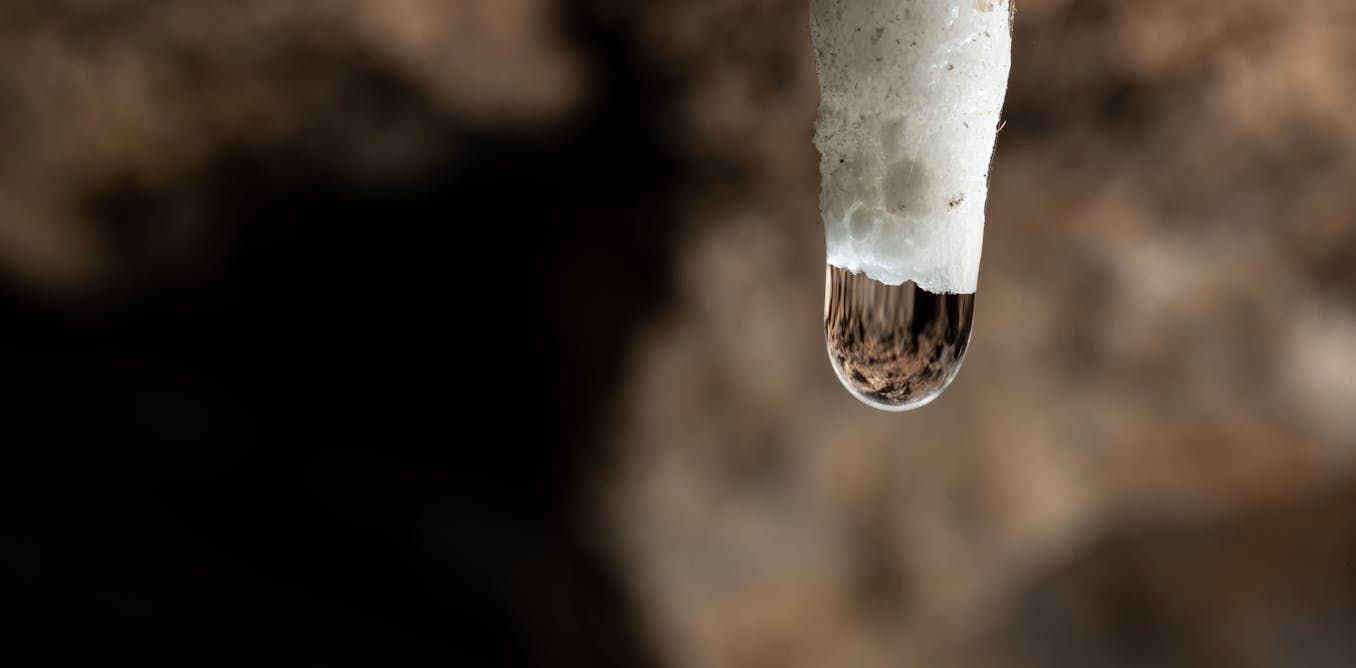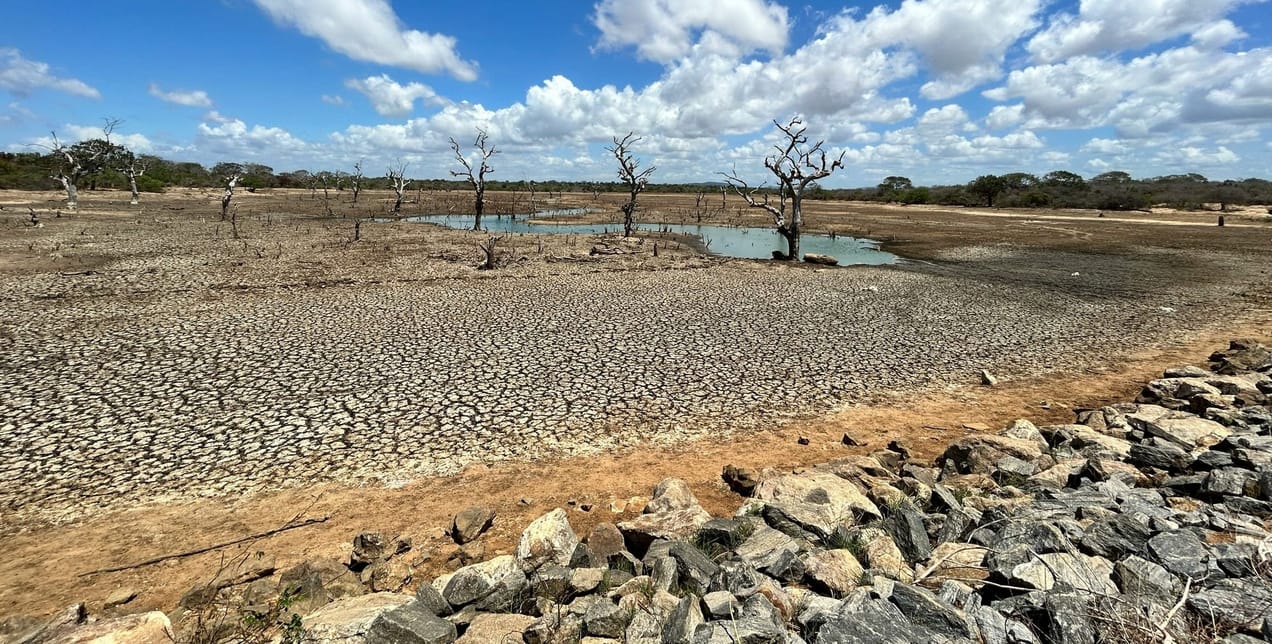
How big a water problem does Europe have ?
European consumers have got used to cheap and fresh produce in our supermarkets, often all through the year. But much of this produce comes from water stressed countries - hard to believe on a wet day in Northern Europe, but true.
European consumers have got used to cheap and fresh produce in our supermarkets, often all through the year. But much of this produce comes from water stressed countries, a situation that is not sustainable in the longer term. It might seem hard to believe on a rainy day in northern Europe, but in the absence of change, something will have to give.
It's important to define the problem, as we actually have two water shortage issues. The first is rainfall, or sometimes snowfall. Not enough and we have low river levels and our hydro dams do not fill up enough over the winter. But there is a hidden problem. Groundwater, the water that slowly seeps down into our aquifers, often very deep below the surface. And so out of sight. But groundwater supplies 65% of drinking water and 25% of water for agricultural irrigation in the 27 EU Member States.
The European Union wants to fix this, but are they moving fast enough, doing enough, and in a coherent way? This blog was prompted by the launch of the WaterWiseEU campaign, an initiative that aims to "contribute towards a water-resilient Europe by 2050". But will it really?
This is a What Caught Our Eye story - highlighting reports, research and commentary at the interface of finance and sustainability. Things we think you should be reading, and pointing out the less obvious implications. All from a finance perspective.
It's free to become a member ... just click on the link at the bottom of this blog or the subscribe button. Members get a summary of our weekly posts, including What Caught Our Eye and Sunday Brunch, delivered straight to your inbox. Never miss another blog post !
Waterwise - targeting a water resilient Europe
We have known about this problem for a long time. At a local level I occasionally highlight the pollution of our local chalk streams, a rare ecological habitat. We can all see this in our local rivers, streams and lakes. But then there is the hidden problem. Groundwater or rather the absence of groundwater.
Across Europe groundwater supplies 65% of drinking water and 25% of water for agricultural irrigation. Without it many of our cities would struggle to continue and a decent amount of our agriculture would fail.
A recent report from the Under the Surface project has highlighted just how serious the challenge is. Their conclusion is that our water is disappearing and what remains is facing near-irreversible pollution. Over 15% of the aquifers mapped are in poor condition — dangerously over-exploited, contaminated or both.

Take Spain. This is one of the countries in Europe most impacted by degraded aquifers. Almost half of its groundwater bodies are in poor condition in terms of quality and quantity. Around 27% are over-exploited, with the majority in the south and east, traditional farming regions now with vast intensive agricultural production.
Agriculture is massively important to the Spanish economy. Vegetables and horticulture, fruit and pig meat are the most important sectors in terms of production value. Spain is responsible for half of the EU’s production of olives and for one third of fruit.
But, Spanish agriculture could lose 17.5% of its income between 2030 and 2050, the equivalent of €375 billion, as a result of drought, according to a study by the credit rating agency Scope Ratings GmbH.
And it's not just drought that is a problem. Groundwater pollution linked to agriculture’s overuse of nitrates in fertilisers, manure and pesticides is widespread in Europe, but particularly pronounced in agricultural hubs of Spain, the Netherlands, Belgium, Denmark, Italy, and France. And the problem is cumulative. As groundwater levels fall, the pollution becomes more concentrated.
And it may take aquifers a long time to refill
Recent research in Australia suggests that recharging of our aquifers could take longer than first thought. Recharge rates matter. If we’re using groundwater at the same rate it recharges or less, that’s sustainable use. But if we’re pumping out far more than it can refill, that’s unsustainable.

Groundwater recharges from rainfall which seeps through the soil into deeper layers where evaporation can’t get to it. It can also refill from surface waters. But recharge is difficult to measure accurately. You might think groundwater recharges quickly, but a quick recharge means it takes years. And a slow recharge can take thousands of years.
The initial results of the study estimated that the average recharge rate for the Australian continent was just 44 millimetres per year. For comparison, the typical annual rainfall in Sydney and Brisbane is just over 1,000mm per year. So it appears that only a little of our rainfall makes it down into the aquifers. So hoping for a wet winter will not fix the problem.
This is not an easy problem to fix.
Quoting the Under the Suface report " the experts we spoke to unanimously believe that tackling groundwater pollution and depletion requires a systematic approach. “It is possible to reverse this,” said Elisabeth Lictevout. “But nobody wants to speak about over-extraction or consumption. We need to take strong action now on water management. We need to extract less. If we continue the way we are, there is no way to revert.”
This is not a trivial issue for investors. Large elements of our economy rely on water. Agriculture is the obvious example, but cities are the powerhouse of the European economy, and they are also at risk. We all know about the water shortages in Capetown, but could the cities of southern Spain, Italy, Portugal and western France be next?

And it's not just a risk, it's also an opportunity. Investment can help to fix the challenge. Although given the uproar over recent plans in the UK to increase water and sewerage charges, we need a political and social will before the money will be forthcoming.

Please read: important legal stuff.




